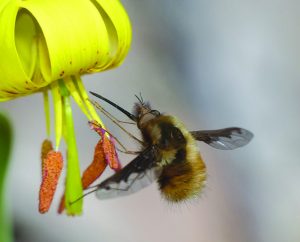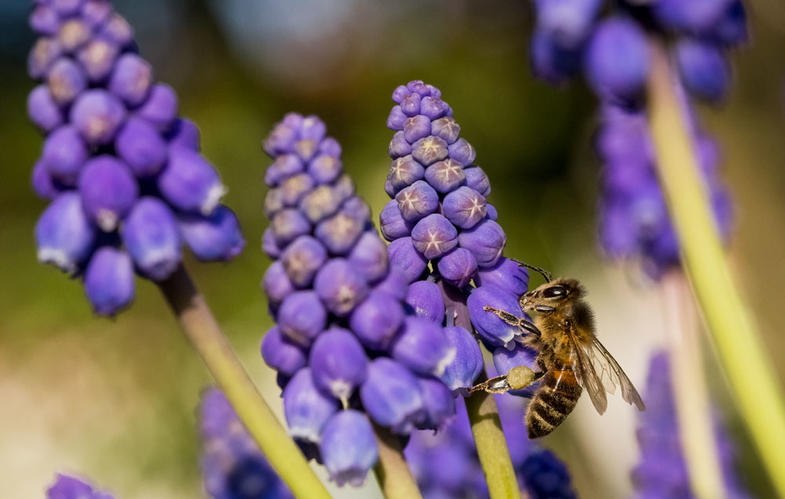
A beehive is not for everyone; but, if you are putting plants or trees in your yard or garden, you might as well plant bee food. Bee hives are dying at an astounding rate. Workers disappear and leave the queen and baby bees stranded when the mysterious “colony collapse disorder” strikes. This disorder combined with ants, moths, parasites and pesticides resulted in one third of our bees dying from 2016 to 2017.
The beautiful Grape hyacinth (Muscari armeniacum) pictured above is a small bulb available everywhere; it doesn’t require a big hole like a daffodil–and bees love it. Of course the bulb, all bulbs really, have to go in the ground in the fall and while the work required is not onerous, it’s still work. Gardening is work. But bulbs link are fun to me since they pay off long after they are planted. Other bulbs bees love include: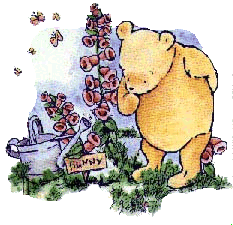
Purple flowering alliums (Allium spp.)
Crocus (Crocus x luteus)
Dahlias, Bishop (Dahlia)
Winter aconite (Eranthis hyemalis)
Siberian squill (Scilla sibirica)
The purple flowering onions did not come up for me last summer; but I have great hopes this year for Dahlias that I am told will amaze me throughout the July and August. These ‘summer’ bulbs follow the early bloomers– crocus, aconite and squill. The bees need as many early flowers as possible. As winter breaks, they need pollen for the new baby bees. link
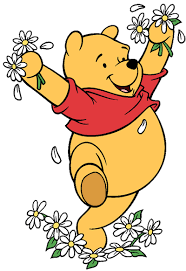 Nurseries, grocery stores and hardware stores are packed right now with annuals for sale. No pre-planning, no winter wait necessary. The annual plants I like best for bees include
Nurseries, grocery stores and hardware stores are packed right now with annuals for sale. No pre-planning, no winter wait necessary. The annual plants I like best for bees include
Cosmos (Cosmos spp.)
California poppy (Eschscholzia californica)
Sunflower (Helianthus annuus)
Love-in-a-mist (Nigella damascena)
Portulaca (Portulaca spp.)
Blue anise sage (Salvia guaranitica)
Profusion zinnias (Zinnia spp.)
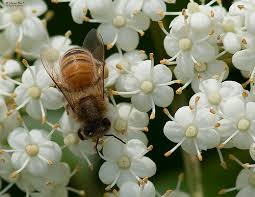
Lavenders are always recommended. Huge lavender farms provide for bees that then create lavender honey. I cannot grow it, but I have neighbors who can. The ubiquitous Crape Myrtle is a great bee favorite. My white Crape Myrtle hums with hundreds of bees on hot summer days.
The bees don’t mind work.
